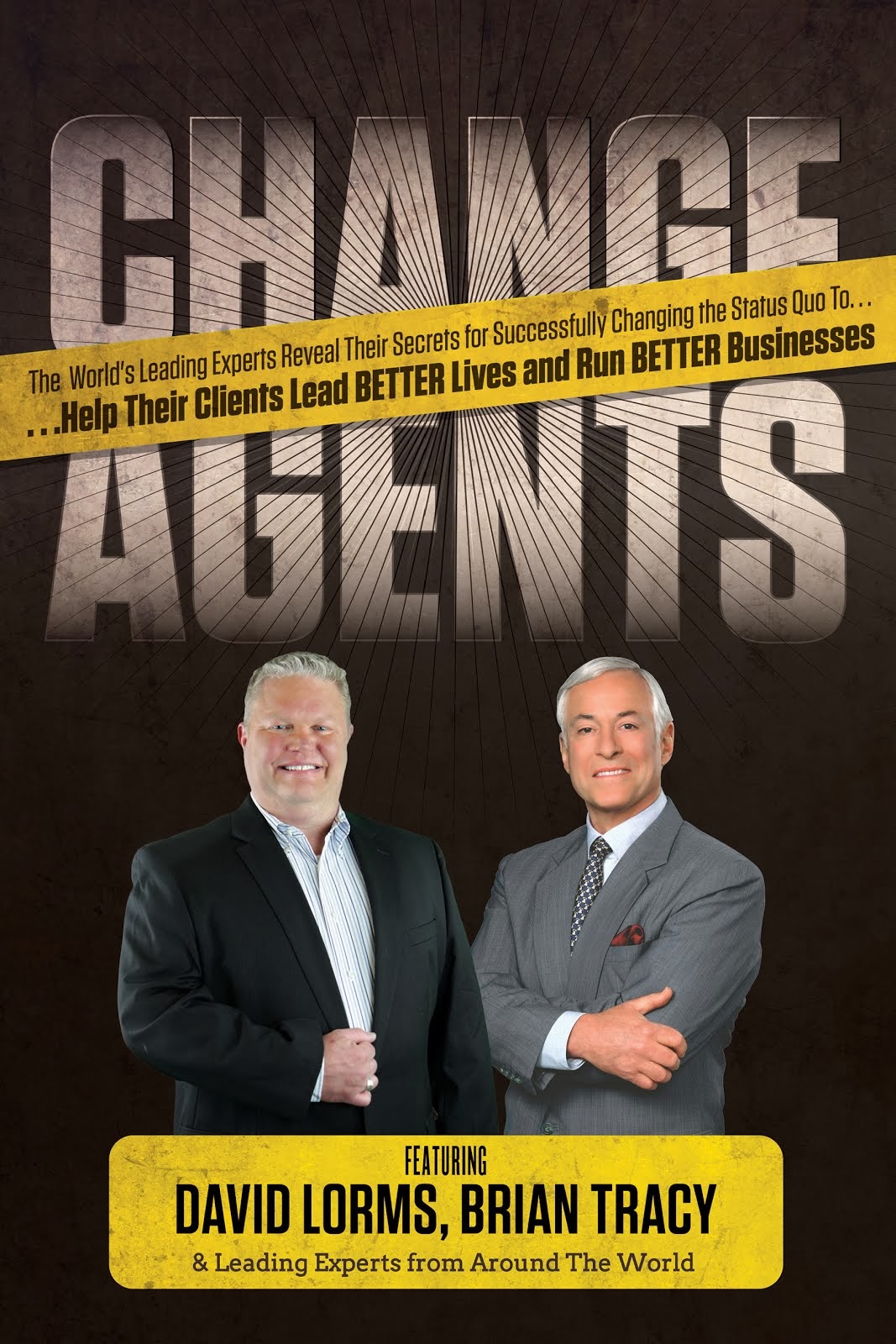Hurricane Preparations
Don't see your question? Go to the www.floodsmart.gov
What can I do to protect my home and family from a hurricane?
Besides insuring your property, there are things you can do to minimize potential loss to your home and ensure your family's safety.
- Discuss the type of hazards that could affect your family.
- Know your home’s vulnerability to storm surge, flooding and wind.
- Locate a safe room or the safest areas in your home for each hurricane hazard. In certain circumstances the safest areas may not be your home but within your community.
Determine escape routes from your home and places to meet. - These should be measured in tens of miles rather than hundreds of miles.
- Have an out-of-state friend as a family contact, so all your family members have a single point of contact.
- Make a plan now for what to do with your pets if you need to evacuate.
- Post emergency telephone numbers by your phones and make sure your children know how and when to call 911.
- Check your insurance coverage - flood damage is not usually covered by homeowners insurance.
- Stock non-perishable emergency supplies and a Disaster Supply Kit.
- Use a NOAA weather radio. Remember to replace its battery every 6 months, as you do with your smoke detectors.
- Take First Aid, CPR and disaster preparedness classes.
- Water - at least 1 gallon daily per person for 3 to 7 days
- Food - at least enough for 3 to 7 days
- non-perishable packaged or canned food / juices
- foods for infants or the elderly
- snack foods
- non-electric can opener
- cooking tools / fuel
- paper plates / plastic utensils
- Blankets / Pillows, etc.
- Clothing - seasonal / rain gear/ sturdy shoes
- First Aid Kit / Medicines / Prescription Drugs
- Special Items - for babies and the elderly
- Toiletries / Hygiene items / Moisture wipes
- Flashlight / Batteries
- Radio - Battery operated and NOAA weather radio
- Telephones - Fully charged cell phone with extra battery and a traditional (not cordless) telephone set
- Cash (with some small bills) and Credit Cards - Banks and ATMs may not be available for extended periods
- Keys
- Toys, Books and Games
- Important documents - in a waterproof container or watertight resealable plastic bag insurance, medical records, bank account numbers, Social Security card, etc.
- Tools - keep a set with you during the storm
- Vehicle fuel tanks filled
- Pet care items suck as proper identification / immunization records / medications
• ample supply of food and water
• a carrier or cage
• muzzle and leash
Develop a family hurricane preparedness plan before an actual storm threatens your area. If your family hurricane preparedness plan includes evacuation to a safer location for any of the reasons specified with in this web site, then it is important to consider the following points:
If ordered to evacuate, do not wait or delay your departure.
If possible, leave before local officials issue an evacuation order for your area. Even a slight delay in starting your evacuation will result in significantly longer travel times as traffic congestion worsens.
Select an evacuation destination that is nearest to your home, preferably in the same county, or at least minimize the distance over which you must travel in order to reach your intended shelter location.
In choosing your destination, keep in mind that the hotels and other sheltering options in most inland metropolitan areas are likely to be filled very quickly in a large, multi-county hurricane evacuation event.
If you decide to evacuate to another county or region, be prepared to wait in traffic.
The large number of people in this state who must evacuate during a hurricane will probably cause massive delays and major congestion along most designated evacuation routes; the larger the storm, the greater the probability of traffic jams and extended travel times.
The large number of people in this state who must evacuate during a hurricane will probably cause massive delays and major congestion along most designated evacuation routes; the larger the storm, the greater the probability of traffic jams and extended travel times.
If possible, make arrangements to stay with the friend or relative who resides closest to your home and who will not have to evacuate. Discuss with your intended host the details of your family evacuation plan well before the beginning of the hurricane season.
If a hotel or motel is your final intended destination during an evacuation, make reservations before you leave. Most hotel and motels will fill quickly once evacuations begin. The longer you wait to make reservations, even if an official evacuation order has not been issued for your area or county, the less likely you are to find hotel/motel room vacancies, especially along interstate highways and in major metropolitan areas.
If you are unable to stay with friends or family and no hotels/motels rooms are available, then as a last resort go to a shelter. Remember, shelters are not designed for comfort and do not usually accept pets. Bring your disaster supply kit with you to the shelter. Find Pet-Friendly hotels and motels.
Make sure that you fill up your car with gas, before you leave.
Make a Pet Plan
Contact your veterinarian or local humane society for information on preparing your pets for an emergency.
BEFORE THE DISASTER
Make sure that your pets are current on their vaccinations. Pet shelters may require proof of vaccines.
Have a current photograph
Keep a collar with identification on your pet and have a leash on hand to control your pet.
Have a properly sized pet carrier for each animal - carriers should be large enough for the animal to stand and turn around.
Plan your evacuation strategy and don’t forget your pet! Specialized pet shelters, animal control shelters, veterinary clinics and friends and relatives out of harm’s way are ALL potential refuges for your pet during a disaster.
If you plan to shelter your pet - work it into your evacuation route planning.
Make sure that your pets are current on their vaccinations. Pet shelters may require proof of vaccines.
Have a current photograph
Keep a collar with identification on your pet and have a leash on hand to control your pet.
Have a properly sized pet carrier for each animal - carriers should be large enough for the animal to stand and turn around.
Plan your evacuation strategy and don’t forget your pet! Specialized pet shelters, animal control shelters, veterinary clinics and friends and relatives out of harm’s way are ALL potential refuges for your pet during a disaster.
If you plan to shelter your pet - work it into your evacuation route planning.
DURING THE DISASTER
Animals brought to a pet shelter are required to have:
• Proper identification collar and rabies tag
• proper identification on all belongings,
• a carrier or cage,
• a leash,
• an ample supply of food, water and food bowls,
• any necessary medications,
• specific care instructions
• and news papers or trash bags for clean-up.
Bring pets indoor well in advance of a storm - reassure them and remain calm.
Pet shelters will be filled on first come, first served basis. Call ahead and determine availability.
Animals brought to a pet shelter are required to have:
• Proper identification collar and rabies tag
• proper identification on all belongings,
• a carrier or cage,
• a leash,
• an ample supply of food, water and food bowls,
• any necessary medications,
• specific care instructions
• and news papers or trash bags for clean-up.
Bring pets indoor well in advance of a storm - reassure them and remain calm.
Pet shelters will be filled on first come, first served basis. Call ahead and determine availability.
AFTER THE DISASTER
Walk pets on a leash until they become re-oriented to their home - often familiar scents and landmarks may be altered and pets could easily be confused and become lost. Also, downed power lines, reptiles brought in with high water and debris can all pose a threat for animals after a disaster.
If pets cannot be found after a disaster, contact the local animal control office to find out where lost animals can be recovered. Bring along a picture of your pet if possible.
After a disaster animals can become aggressive or defensive - monitor their behavior.
Don’t forget your pet when preparing a family disaster plan.
PET DISASTER SUPPLY KIT
• Proper identification including immunization records
• Ample supply of food and water
• A carrier or cage
• Medications
• Muzzle, collar and leash
• Proper identification including immunization records
• Ample supply of food and water
• A carrier or cage
• Medications
• Muzzle, collar and leash
ADDITIONAL LINKS
• The Humane Society Disaster Center
• FEMA - Animals and Emergencies
Pet Plan Con’t
• The Humane Society Disaster Center
• FEMA - Animals and Emergencies
Pet Plan Con’t
Make sure any photos or videos of all of your important possessions are in a safe place. These documents will help you file an accurate and comprehensive flood insurance claim.
Store important documents and irreplaceable personal objects (such as photographs) where they won't get damaged. If major flooding is expected in your area, consider putting them in a storage facility. Remember to talk to your insurance agent if you have questions or would like additional information.
Store important documents and irreplaceable personal objects (such as photographs) where they won't get damaged. If major flooding is expected in your area, consider putting them in a storage facility. Remember to talk to your insurance agent if you have questions or would like additional information.
Is my city at risk?
Nearly every year since 1851, at least one hurricane has reached the United States. During an active hurricane season, an average of two to four hurricanes make landfall on the continental U.S. Hurricane-related flooding ahs occurred as far as 600 miles inland. Although any coastal area is at risk, certain cities are particularly vulnerable and may have incurred losses even higher than those incurred when Hurricane Katrina struck New Orleans.
Has a disaster been declared for my area?
Check the FEMA disaster declarations page for the latest information.
I don’t have flood insurance, but doesn’t my homeowners insurance cover this?Most homeowners insurance does NOT cover damage or losses from flooding. Some damage to your property may have been caused by something other than flooding. Look at your policy and see your homeowners insurance agent for more information about what types of damage are covered by your policy.
Read the simple steps about how to file a claim For in-depth answers regarding claims and the flood insurance claims process, please read the Flood Insurance Claims handbook.
How can I tell what caused the damage to my property?Flooding is defined as rising waters. Damage caused by falling water and wind is not considered flood damage. Please talk to your flood insurance agent and/or your homeowners insurance company for more information about what is covered under your policy. Use the Flood Insurance Claims handbook as a reference.
How can I tell what caused the damage to my property?Flooding is defined as rising waters. Damage caused by falling water and wind is not considered flood damage. Please talk to your flood insurance agent and/or your homeowners insurance company for more information about what is covered under your policy. Use the Flood Insurance Claims handbook as a reference.
What is Increased Cost of Compliance?
If your home or business is damaged by a flood, you may be required to meet certain building requirements in your community to reduce future flood damage. To help with these costs, the NFIP includes Increased Cost of Compliance (ICC) coverage for all eligible properties insured under the Standard Flood Insurance Policy. Read more about ICC.





